- What is Toloknyanka?
- Characteristics of Toloknyanka
- Medicinal Use of Toloknyanka
- Cultivation of Toloknyanka
- Common Species of Toloknyanka
- Conclusion
- Health Benefits of Toloknyanka
- Cultivation of Toloknyanka
- Climate
- Soil
- Seeds
- Watering
- Fertilization
- Pruning
- Pests and Diseases
- Harvesting
- Uses
- Toloknyanka Species
- 1. Artemisia Vulgaris
- 2. Artemisia Absinthium
- 3. Artemisia Princeps
- 4. Artemisia Annua
- 5. Artemisia Ludoviciana
- Toloknyanka in Traditional Medicine
- Health Benefits of Toloknyanka
- Traditional Uses of Toloknyanka
- Current Research on Toloknyanka
- Conclusion
- Uses of Toloknyanka in Cooking
- 1. Soups and stews
- 2. Salads
- 3. Sauces and dressings
- 4. Herbal tea
- 5. Infused oils and vinegars
- 6. Garnish
- Side Effects and Precautions
- 1. Allergic Reactions
- 2. Drug Interactions
- 3. Pregnancy and Breastfeeding
- 4. Digestive Issues
- 5. Quality and Purity
- 6. Dosage and Usage
- Question-answer:
- What is Toloknyanka?
- What are the properties of Toloknyanka?
- How is Toloknyanka cultivated?
- Are there different species of Toloknyanka?
- Where can I buy Toloknyanka seeds?
- Can Toloknyanka be grown in containers?
- How long does it take for Toloknyanka to grow and bloom?
- Video: Roof gardening: growing medicinal and spice and aromatic plants – Valentyna Movchan
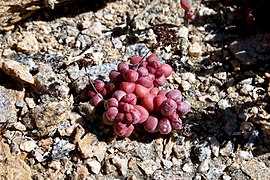
Toloknyanka is a fascinating plant with many properties and uses. Originally native to Central Asia, it has been cultivated for centuries for its medicinal and culinary benefits. Also known as horse sorrel or Rumex confertus, toloknyanka belongs to the Polygonaceae family.
One of the main properties of toloknyanka is its high content of vitamins and minerals. It is particularly rich in vitamin C, vitamin A, and various B vitamins. Additionally, it contains important minerals such as potassium, calcium, and iron. These nutritional components make toloknyanka a valuable addition to any diet.
In terms of cultivation, toloknyanka is a hardy plant that can adapt to various climates and soils. It can be grown from seeds or cuttings, and it thrives in well-drained soil with sufficient moisture. Toloknyanka is known for its fast growth, and it can be harvested multiple times during the growing season.
There are several species of toloknyanka, each with its own unique characteristics. Some species, such as Rumex acetosa, are cultivated for their tart flavor and used in soups, sauces, and salads. Others, like Rumex patientia, have a more medicinal purpose and are used as a natural remedy for various ailments.
Overall, toloknyanka is a versatile plant with numerous properties and uses. Whether you are looking to add nutritional value to your diet or explore the medicinal properties of plants, toloknyanka is definitely worth considering.
What is Toloknyanka?
Toloknyanka is a perennial herbaceous plant that belongs to the family Asteraceae. It is native to North America and is widely distributed throughout the United States and Canada. It is commonly known as “Toloknyanka,” but it is also referred to by different names in different regions, such as “boneset” and “feverwort.”
Characteristics of Toloknyanka
Toloknyanka has a strong and sturdy stem that can grow up to 2 meters in height. The stem is erect and covered with small hairs. The leaves of Toloknyanka are opposite, lanceolate, and have serrated edges. They can grow up to 20 centimeters in length. The flowers are arranged in clusters on the top of the stem and are small and white in color. The plant blooms from July to September.
Medicinal Use of Toloknyanka
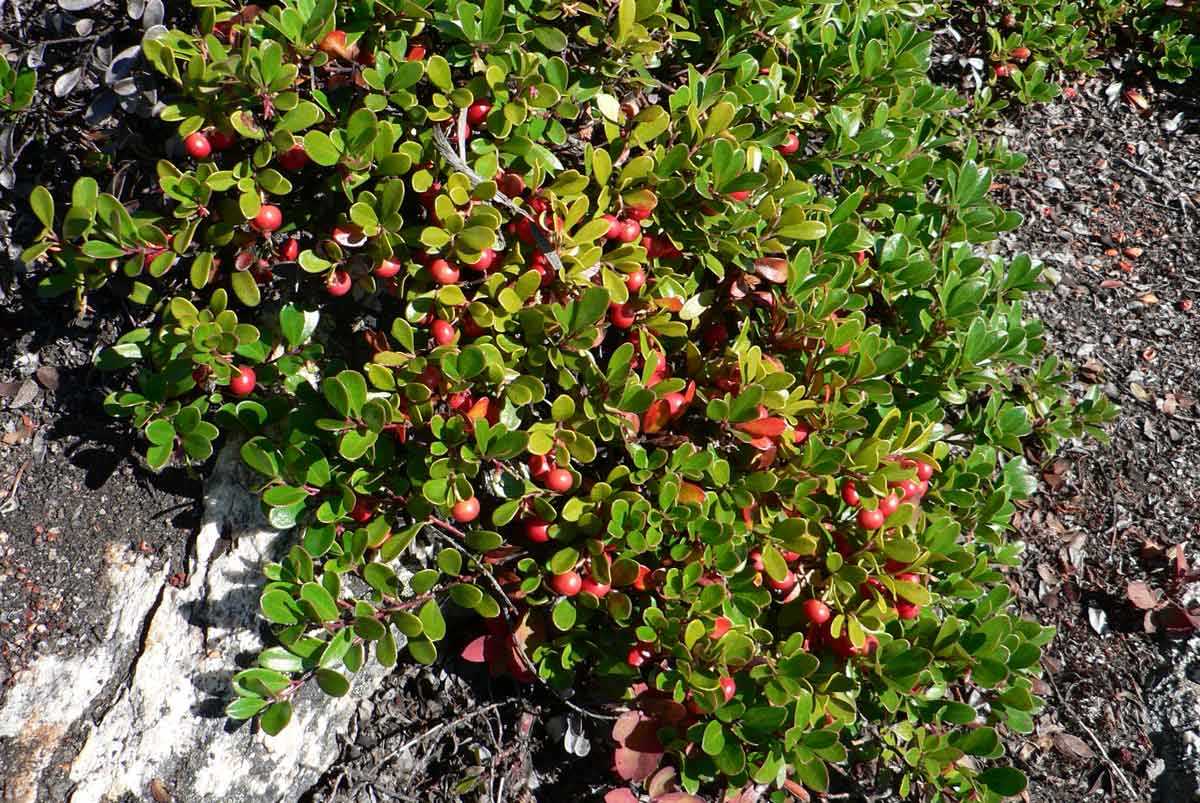
Toloknyanka has been used for medicinal purposes for centuries. It is especially known for its febrifuge, diaphoretic, and anti-inflammatory properties. The plant contains various active compounds, including essential oils, alkaloids, and flavonoids, which contribute to its medicinal properties.
Toloknyanka is often used to treat common respiratory conditions such as colds, coughs, and bronchitis. It can help relieve symptoms such as coughing, congestion, and sore throat. The plant is also known for its ability to reduce fever and promote sweating, which can help in the recovery process.
Cultivation of Toloknyanka
Toloknyanka can be cultivated in gardens and is relatively easy to grow. It prefers moist soil and partial shade but can tolerate a wide range of conditions. The plant can be propagated by seeds or by dividing the root clump.
When growing Toloknyanka, it is important to provide adequate water and ensure good drainage. The plant should be fertilized regularly to promote healthy growth. It is also important to remove any weeds or competing plants from the growing area.
Common Species of Toloknyanka
There are several species of Toloknyanka, including:
- Eupatorium perfoliatum – Common Boneset
- Eupatorium purpureum – Purple Boneset
- Eupatorium altissimum – Tall Boneset
Each species has slightly different characteristics and may have variations in its medicinal properties.
Conclusion
Toloknyanka is a versatile herbaceous plant with a long history of medicinal use. Its febrifuge, diaphoretic, and anti-inflammatory properties make it a valuable natural remedy for respiratory conditions and fever. Whether cultivated in gardens or found in the wild, Toloknyanka offers a range of benefits and is worth exploring for its therapeutic potential.
Health Benefits of Toloknyanka
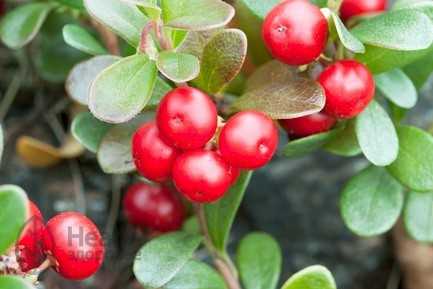
- Rich in antioxidants: Toloknyanka is a rich source of antioxidants, which help protect the body’s cells from damage caused by free radicals.
- Anti-inflammatory properties: Toloknyanka has anti-inflammatory properties that can help reduce inflammation in the body and relieve pain associated with conditions such as arthritis.
- Boosts immune system: Consuming toloknyanka can help strengthen the immune system and make the body more resistant to common illnesses and infections.
- Supports digestion: Toloknyanka has been used traditionally to aid digestion and alleviate digestive issues such as indigestion and bloating.
- Improves cognitive function: Some studies suggest that toloknyanka may have neuroprotective effects, supporting brain health and improving cognitive function.
- Regulates blood sugar: Toloknyanka may help regulate blood sugar levels, potentially benefiting individuals with diabetes or those at risk of developing the condition.
- Supports cardiovascular health: Toloknyanka contains compounds that may help maintain healthy blood pressure levels and reduce the risk of heart disease.
- Anti-cancer properties: Preliminary research suggests that toloknyanka may have anticancer properties, but further studies are needed to confirm these findings.
Incorporating toloknyanka into your diet can provide you with these health benefits and more. However, it’s important to consult with a healthcare professional before making any significant changes to your diet or lifestyle.
Cultivation of Toloknyanka
Toloknyanka is a versatile plant that can be easily grown in a variety of conditions. Here are some important points to consider when cultivating Toloknyanka:
Climate
Toloknyanka is native to Russia and is well-suited to cold and temperate climates. It can withstand temperatures as low as -25 degrees Celsius. However, it can also tolerate warmer climates, making it a suitable plant for a wide range of regions.
Soil
Toloknyanka prefers well-draining soil that is rich in organic matter. It can tolerate slightly acidic to slightly alkaline soil conditions. Before planting, prepare the soil by removing weeds and loosening it with a garden fork or a tiller.
Seeds
Toloknyanka can be propagated from seeds. The seeds are small and should be sown directly into the soil or started indoors in seed trays. Sow the seeds at a depth of 1-2 centimeters.
Watering
Toloknyanka requires regular watering, especially during dry periods. Keep the soil evenly moist but avoid overwatering, as this can lead to root rot. Water at the base of the plant to prevent wetting the foliage.
Fertilization
To promote healthy growth, fertilize Toloknyanka with a balanced, slow-release fertilizer once a month during the growing season. Follow the instructions on the fertilizer packaging for appropriate dosages.
Pruning
Toloknyanka benefits from regular pruning to maintain its shape and encourage bushier growth. Remove any dead or damaged branches and trim back overgrown areas to promote airflow and reduce the risk of disease.
Pests and Diseases
Toloknyanka is relatively pest and disease resistant. However, it can be susceptible to aphids, spider mites, and powdery mildew. Inspect the plant regularly and use appropriate insecticides or fungicides when necessary.
Harvesting
Toloknyanka leaves can be harvested throughout the growing season. They are best harvested in the morning when the essential oils are at their peak. Cut the leaves close to the stem using a sharp pair of scissors.
Uses
Toloknyanka has various uses, including culinary, medicinal, and ornamental. The leaves can be used fresh or dried to make herbal tea or added as a flavoring to dishes. The plant also has medicinal properties and is known for its anti-inflammatory and antimicrobial effects.
Cultivating Toloknyanka can be a rewarding experience, as this beautiful plant offers both aesthetic and practical benefits. Whether you choose to grow it for its striking foliage or its herbal properties, Toloknyanka is sure to be a valuable addition to your garden.
Toloknyanka Species
Toloknyanka is a herbaceous plant that belongs to the family Asteraceae. There are several species of toloknyanka, each with its own unique characteristics and properties.
1. Artemisia Vulgaris
Artemisia vulgaris, also known as common mugwort, is a species of toloknyanka that is native to Europe, Asia, and Northern Africa. It has long been used in traditional medicine for its medicinal properties, including its ability to stimulate digestion and relieve menstrual pain.
2. Artemisia Absinthium
Artemisia absinthium, or wormwood, is another species of toloknyanka that is native to Europe and Asia. It is well-known for its use in the production of absinthe, a highly alcoholic beverage. Wormwood is also used in traditional medicine for its antimicrobial and anti-inflammatory properties.
3. Artemisia Princeps
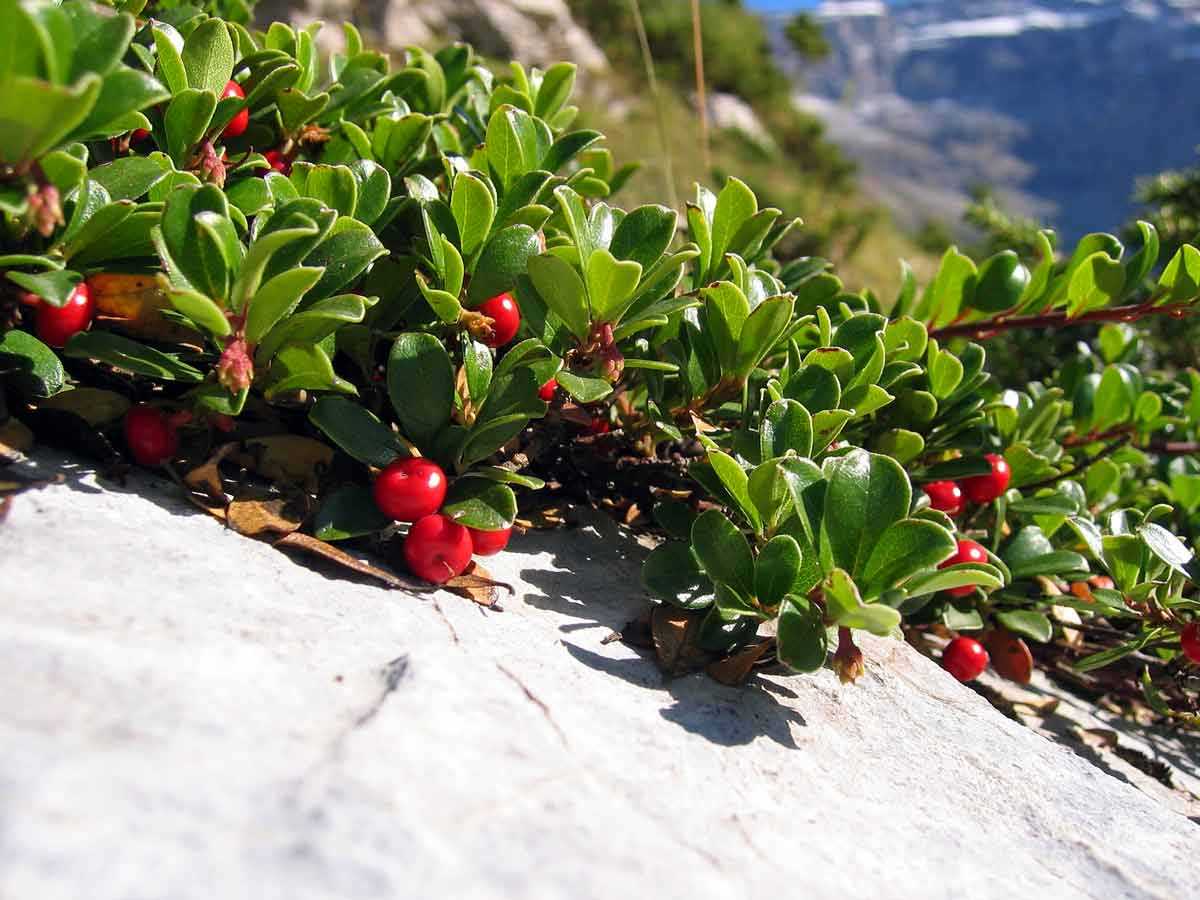
Artemisia princeps, commonly known as Japanese mugwort, is a species of toloknyanka that is native to East Asia. It is widely used in traditional Korean and Japanese cuisine for its unique flavor and aroma. Japanese mugwort is also used in traditional medicine for its anti-inflammatory and antioxidant properties.
4. Artemisia Annua
Artemisia annua, also known as sweet wormwood, is a species of toloknyanka that is native to temperate Asia. It is primarily known for its medicinal properties, particularly its ability to treat malaria. The active compound in sweet wormwood, artemisinin, is used in the production of antimalarial drugs.
5. Artemisia Ludoviciana
Artemisia ludoviciana, commonly known as white sage or western mugwort, is a species of toloknyanka that is native to North America. It is used in traditional Native American ceremonies for its spiritual and purifying properties. White sage is also used in traditional medicine for its antimicrobial and anti-inflammatory effects.
| Species | Native Region | Known Properties |
|---|---|---|
| Artemisia Vulgaris | Europe, Asia, Northern Africa | Stimulates digestion, relieves menstrual pain |
| Artemisia Absinthium | Europe, Asia | Antimicrobial, anti-inflammatory |
| Artemisia Princeps | East Asia | Flavoring agent, anti-inflammatory, antioxidant |
| Artemisia Annua | Temperate Asia | Antimalarial |
| Artemisia Ludoviciana | North America | Spiritual, antimicrobial, anti-inflammatory |
Toloknyanka in Traditional Medicine
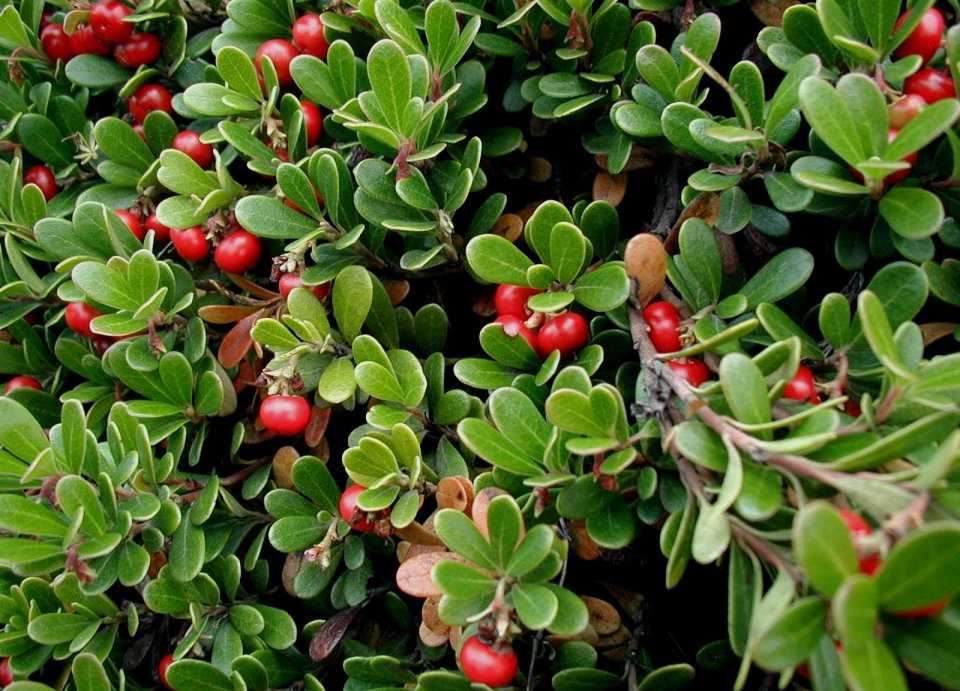
Toloknyanka is a medicinal plant that has been used in traditional medicine for centuries. Its various species have been prized for their health benefits and have been used to treat a wide range of ailments.
Health Benefits of Toloknyanka
Toloknyanka is known for its:
- Antioxidant properties
- Anti-inflammatory effects
- Antibacterial and antiviral properties
- Immunomodulatory effects
- Antitumor activity
These properties make toloknyanka a valuable herb in the treatment of various health conditions and diseases.
Traditional Uses of Toloknyanka
In traditional medicine, toloknyanka has been used to treat a variety of ailments, including:
- Respiratory infections and coughs
- Digestive disorders, such as indigestion and stomachaches
- Urinary tract infections
- Skin conditions, such as wounds, cuts, and eczema
- Menstrual disorders and other gynecological issues
The plant is often prepared as a tea or tincture, and it can also be applied topically as a poultice or ointment.
Current Research on Toloknyanka
While traditional uses of toloknyanka have been passed down through generations, modern scientific research is shedding light on its potential therapeutic benefits. Studies have shown that the plant may have anti-cancer properties and could be effective in combating certain types of tumors. Other research has indicated that toloknyanka extracts could be useful in treating bacterial and viral infections.
Conclusion
Toloknyanka is a versatile plant with a long history of use in traditional medicine. Its various species offer a range of health benefits, and ongoing research is uncovering even more potential applications for this valuable herb.
Uses of Toloknyanka in Cooking
Toloknyanka is a versatile plant that can be used in various culinary preparations. Here are some popular uses of toloknyanka in cooking:
1. Soups and stews
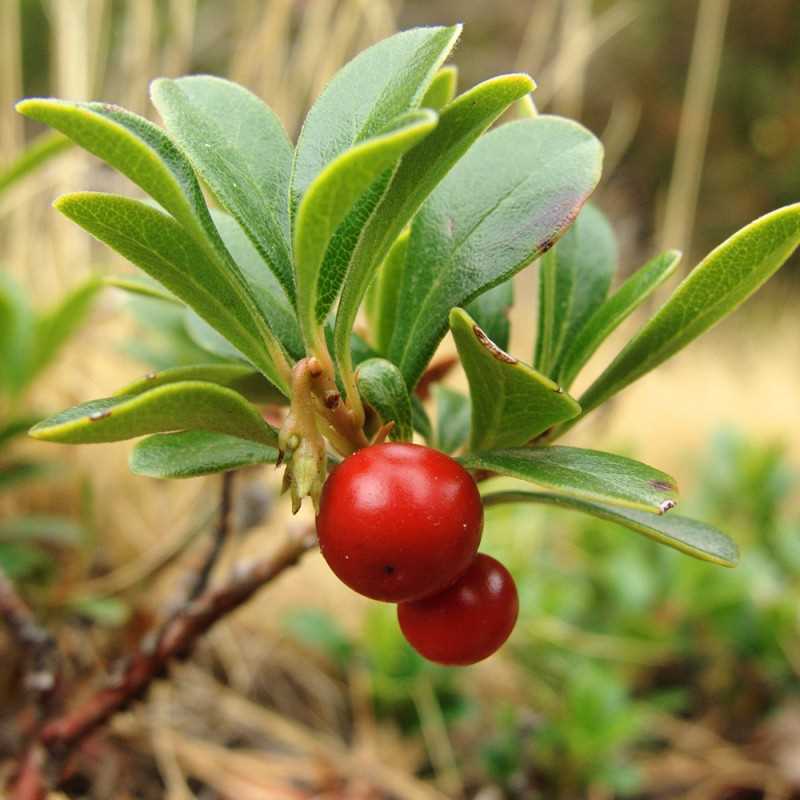
Toloknyanka leaves can be added to soups and stews to enhance their flavor and nutritional value. The leaves have a slightly tart and tangy taste, which adds a unique twist to the dish.
2. Salads
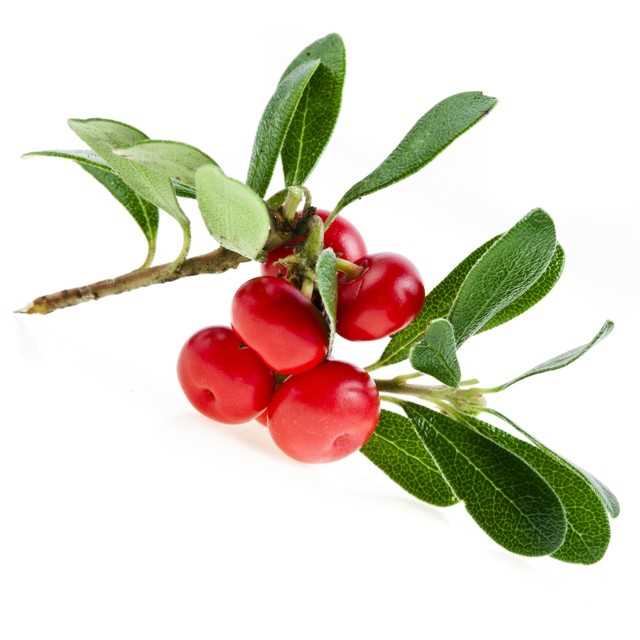
Toloknyanka leaves can be used as a salad green, either on their own or mixed with other greens. They add a refreshing and slightly bitter taste to salads, making them a perfect addition to your summer meal.
3. Sauces and dressings
Toloknyanka leaves can be pureed and used as a base for sauces and dressings. They provide a subtle citrusy flavor and a vibrant green color to the sauces, making them visually appealing as well.
4. Herbal tea
Toloknyanka leaves can be dried and used to make a calming and aromatic herbal tea. The tea is known for its soothing properties and is often consumed to relax and unwind.
5. Infused oils and vinegars
Toloknyanka leaves can be infused into oils and vinegars to add a hint of tanginess and freshness. The infused oils and vinegars can be used as a dressing for salads or as a flavoring agent in various recipes.
6. Garnish
Toloknyanka leaves can be used as a garnish to add a pop of color and flavor to dishes. The bright green leaves are visually appealing and can elevate the presentation of any dish.
These are just a few examples of how toloknyanka can be used in cooking. Its versatile nature and unique flavor make it a popular choice among chefs and home cooks alike. So go ahead and experiment with toloknyanka in your next culinary adventure!
Side Effects and Precautions
Despite the numerous health benefits of toloknyanka, it is important to be aware of its potential side effects and take certain precautions when using this herb.
1. Allergic Reactions
Some individuals may have an allergic reaction to toloknyanka. Symptoms may include skin rashes, itching, swelling, and difficulty breathing. If you experience any of these symptoms after consuming or coming into contact with toloknyanka, seek immediate medical attention.
2. Drug Interactions
Toloknyanka may interact with certain medications, including anticoagulants, antiplatelet drugs, and nonsteroidal anti-inflammatory drugs (NSAIDs). If you are taking any medications, it is advisable to consult with your healthcare provider before using toloknyanka to avoid any potential interactions.
3. Pregnancy and Breastfeeding
There is limited information available regarding the use of toloknyanka during pregnancy and breastfeeding. As a precautionary measure, it is recommended to avoid using toloknyanka during these periods to avoid any potential adverse effects on the developing fetus or nursing infant.
4. Digestive Issues
Some people may experience digestive issues such as stomach upset, diarrhea, or constipation when consuming toloknyanka. If you have a history of digestive problems, it is advisable to start with a small amount of this herb and monitor your body’s response.
5. Quality and Purity
When purchasing toloknyanka products, it is important to ensure that you are obtaining them from a reputable source. Poor quality or adulterated products may contain harmful substances or contaminants that can cause adverse effects. Look for products that have undergone quality testing and certification.
6. Dosage and Usage
While toloknyanka is generally considered safe for consumption, it is crucial to follow the recommended dosage instructions. Excessive intake may lead to unwanted side effects. Additionally, consult a healthcare professional for personalized advice on its usage, especially if you have any underlying health conditions or are taking medications.
| Note: | The information provided in this article is for informational purposes only and should not be considered as medical advice. It is always recommended to consult with a healthcare professional or herbalist before incorporating toloknyanka or any other herbal remedy into your healthcare regimen. |
|---|
Question-answer:
What is Toloknyanka?
Toloknyanka is a flowering plant that belongs to the family Asteraceae. It is native to Europe and Asia, and is commonly found in meadows and damp areas.
What are the properties of Toloknyanka?
Toloknyanka has several medicinal properties, including anti-inflammatory, diuretic, and antiseptic properties. It is often used to treat urinary tract infections, kidney stones, and skin conditions.
How is Toloknyanka cultivated?
Toloknyanka can be cultivated by seeds or by dividing the plants. It prefers moist and well-drained soil, and can be grown in both full sun and partial shade. It is recommended to sow the seeds in early spring or late autumn.
Are there different species of Toloknyanka?
Yes, there are several species of Toloknyanka, including Symphytum officinale, Symphytum tuberosum, and Symphytum asperum. These species vary in their appearance and medicinal properties.
Where can I buy Toloknyanka seeds?
Toloknyanka seeds can be purchased from various online seed stores. You can also check with local nurseries or gardening centers for availability.
Can Toloknyanka be grown in containers?
Yes, Toloknyanka can be grown in containers, but make sure to use a large enough container to accommodate its root system. Also, ensure that the container has good drainage to prevent waterlogging.
How long does it take for Toloknyanka to grow and bloom?
The growth and blooming time of Toloknyanka can vary depending on various factors such as climate, growing conditions, and species. Generally, it takes about 1-2 years for Toloknyanka to reach maturity and start blooming.







